
RNA Mobility and the Regulation of Flowering
Plant Physiology, Plant Physiology: On The InsideIn addition to hormones, proteins, and metabolites, many plants use mRNAs as mobile molecules for long-distance communication. It has been demonstrated that many mobile mRNAs are trafficked through phloem, probably by forming an RNA-protein complex to allow the stable translocation of mRNA molecules.…

Sensory Plastids: a Novel Form of Specialized Plastid
Plant Physiology, Plant Physiology: On The InsidePlastids differentiate into subtypes. For example, the transition of proplastids to chloroplasts defines the photosynthetic tissues within a plant, whereas amyloplasts are formed in nonphotosynthetic tissues. Recently, evidence has accumulated for a novel class of plastids that is specialized for stress…
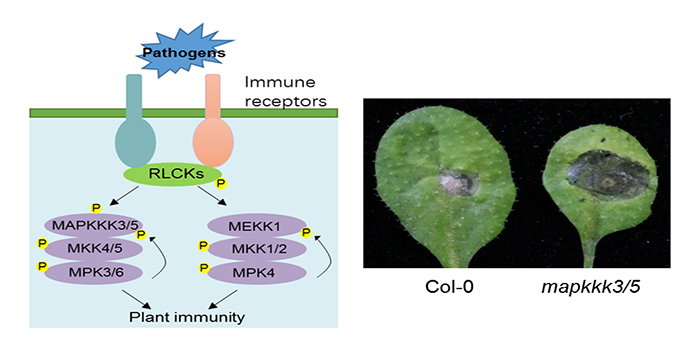
Bridging the Gap Between Pathogen Detection and Defense Activation
Research, The Plant Cell, The Plant Cell: In a NutshellBi et al. provide a link between immune receptors and MAPK cascades. Plant Cell (2018) https://doi.org/10.1105/tpc.17.00981.
By G. Bi and J.-M. Zhou
Background: Plants use numerous immune receptors localized at the cell surface to detect invading pathogens. These receptors send a warning signal…
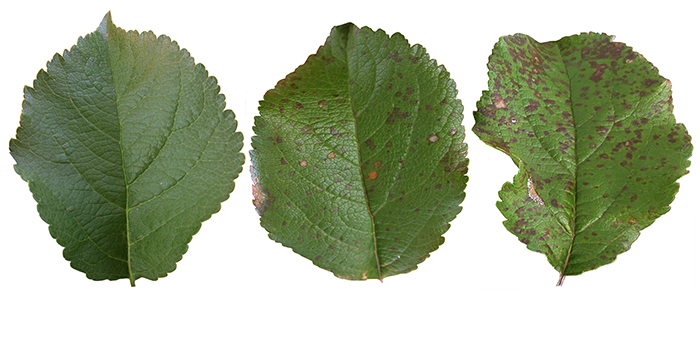
Sorbitol Modulates Apple Resistance to Alternaria
Research, The Plant Cell, The Plant Cell: In a NutshellMeng et al. show that sorbitol acts as a signal regulating resistance to the fungal pathogen Alternaria alternata in apple.Plant Cell https://doi.org/10.1105/tpc.18.00231
By Dong Meng, B. Gillian Turgeon and Lailiang Cheng
Background: Sugars produced by photosynthesis fuel plant growth and development,…
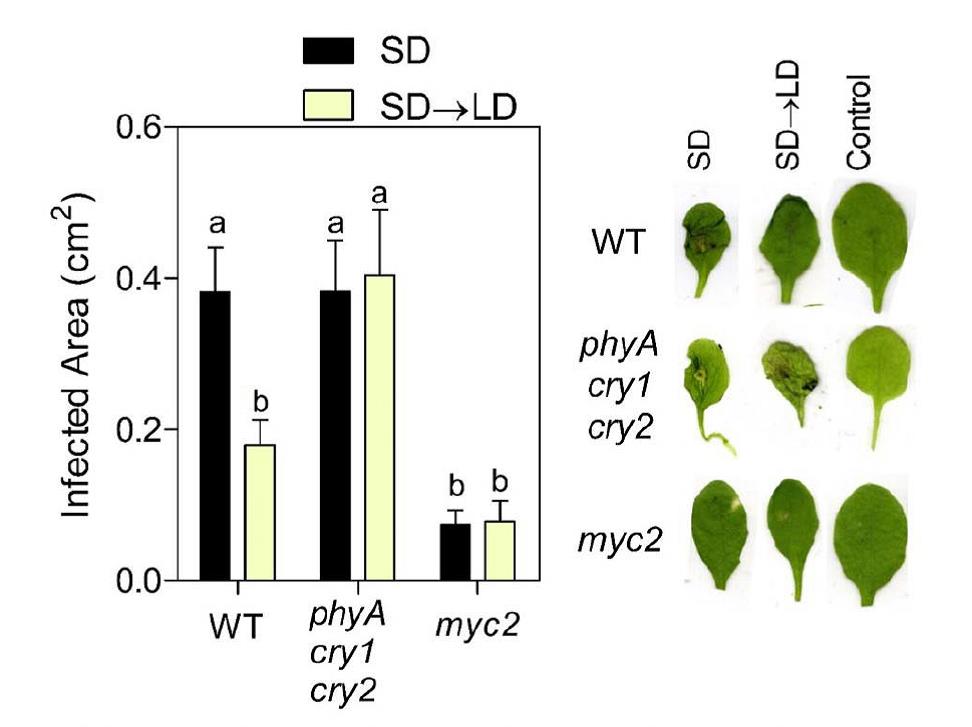
Suns out, guns out: Plant defense responses are enhanced under long-day photoperiods ($)
Plant Science Research WeeklyAs sessile organisms, plants must constantly sense and respond to a dynamic range of stimuli in their environment, which includes both the duration of light (photoperiod) and the presence of microbial invaders. In a recent article published in Plant Physiology, Cagnola et al. (2018) investigate how plant…

Defense or Disease: It’s a Matter of Timing
Research, The Plant Cell, The Plant Cell: In a NutshellMine et al. use RNA-seq to study RPS2-mediated bacterial resistance https://doi.org/10.1105/tpc.17.00970
By Akira Mine, Carolin Seyfferth and Kenichi Tsuda
Background: To fight against pathogens, plants can detect enemies and transduce the signal to reprogram gene expression in the cell as a defense…
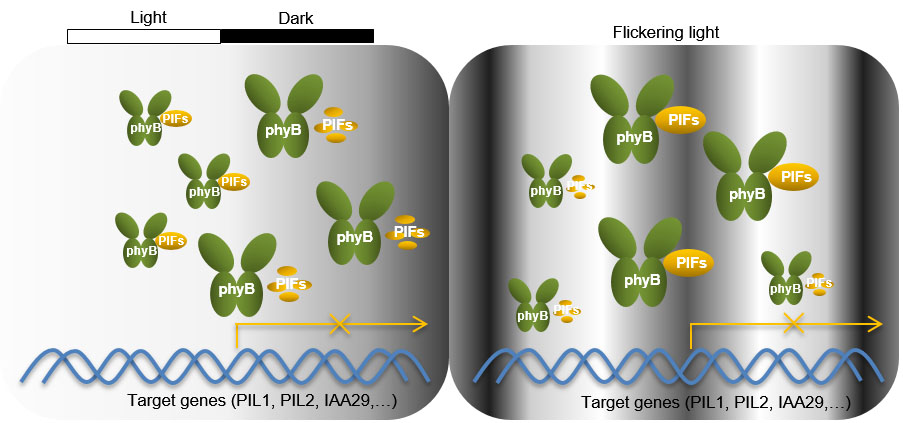
Phytochrome B has Two Weapons to Disable its Interacting Proteins
Research, The Plant Cell, The Plant Cell: In a NutshellPark et al. demonstrate that phytochrome B preferentially inhibits its interacting transcription factors via one of two mechanisms depending on light conditions. The Plant Cell (2018). https://doi.org/10.1105/tpc.17.00913.
By Eunae Park
Background: Phytochrome B (phyB) is a plant photoreceptor…
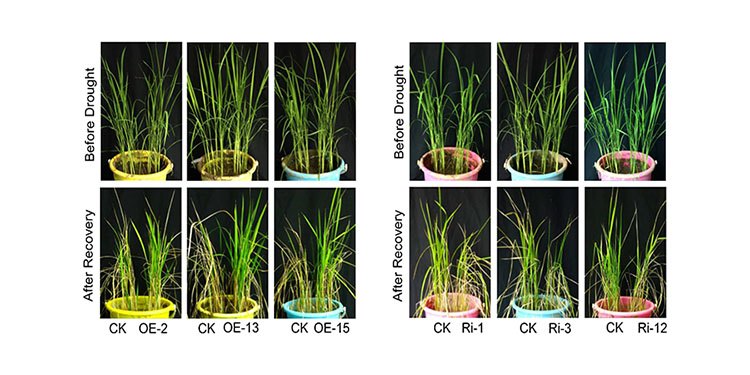
Newly Discovered Abscisic Acid Transporter in Rice
Research, The Plant Cell, The Plant Cell: In a NutshellYao et al. found that OsPM1 can move the plant hormone abscisic acid into rice cells. https://doi.org/10.1105/tpc.17.00770.
By Lingya Yao and Xiaochun Ge
Background: Abscisic acid (ABA) is an important plant hormone that regulates plant seed dormancy and stress responses, especially drought responses.…
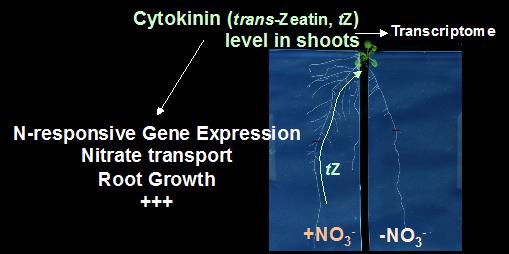
trans-Zeatin in Shoots Drives Nitrate Systemic Signaling
Research, The Plant Cell, The Plant Cell: In a NutshellPoitout et al. study how plants forage for nutrients in the soil https://doi.org/10.1105/tpc.18.00011.
By Arthur Poitout and Sandrine Ruffel
Background: Nitrate, NO3- (the preferential nitrogen [N] source for most of higher plants) is spread unevenly in the soil due to its high mobile property,…

